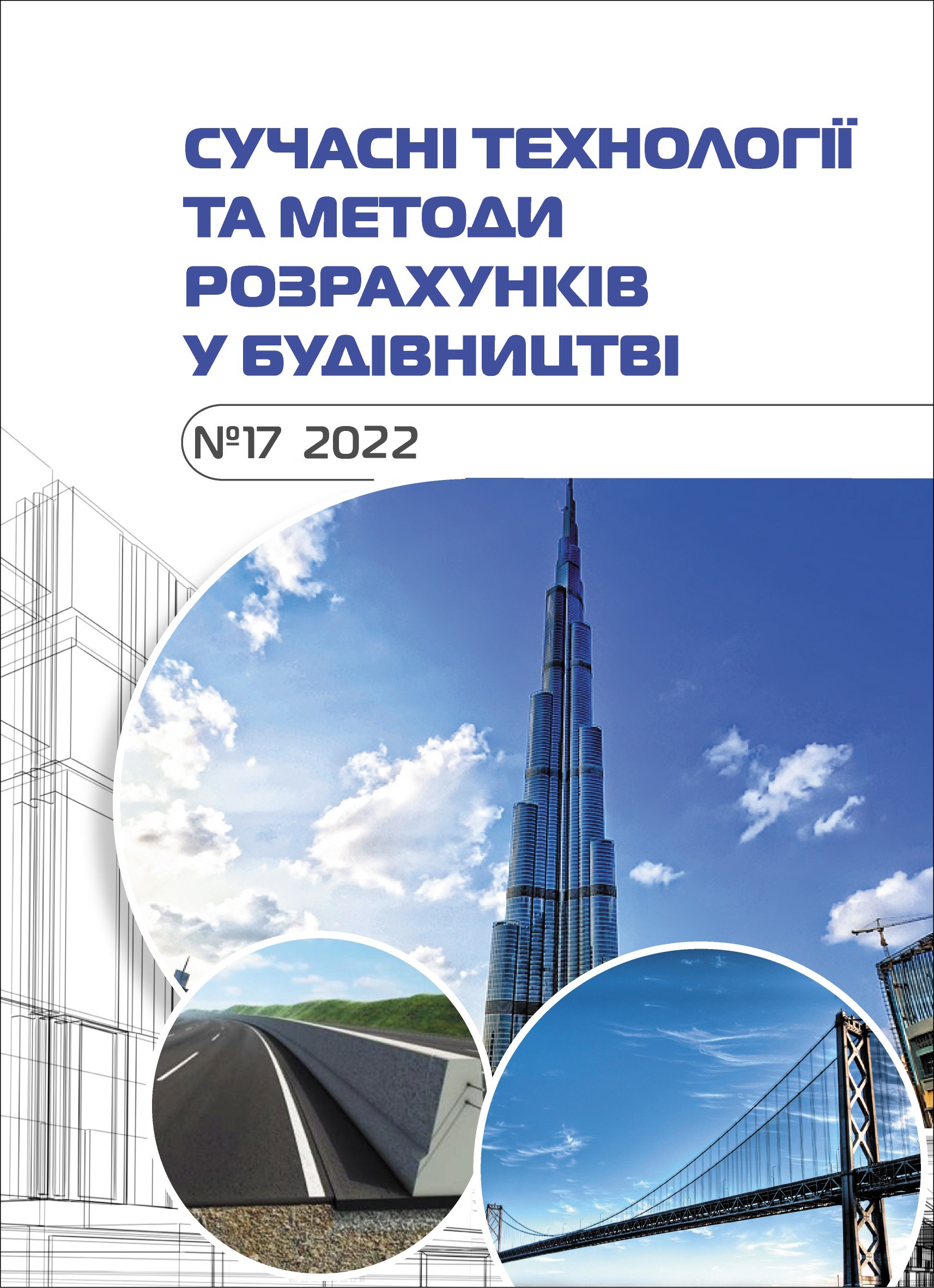On the issue of cleaning the bottom of drilling pills
Abstract
The main influence of the quality of well bottom cleaning, the presence of drilling mud and water level in its base, on the bearing capacity of the drilling pile is considered. The quality of wellbore cleaning has a decisive effect on the bearing capacity of the bored pile, and the presence of sludge in the heel of the pile significantly distorts the data of static tests of piles, which does not allow to correctly determine its bearing capacity in specific soil conditions.
In the practice of construction, in our market, there are two main methods of well cleaning: using cleaning buckets and the method of ramming. The ramming method has certain limitations due to the dynamic impact on the surrounding structure and the level of water saturation of the well, and the technology using a cleaning drill does not guarantee complete cleaning of the well from drilling mud through the design of cleaning devices.
Studies of the prepared base, depending on the amount of water in the well and the level of soil scarcity have shown that laying concrete through a layer of water at the bottom of the well reduces the bearing capacity of the pile in proportion to the thickness of the water layer. Practical tests of piles show that the actual bearing capacity of the pile is higher than the calculated one and depends on the technology of execution. But such an increase will be relevant for hanging piles, for piles of racks it is necessary to solve the problem of cleaning the bottom of the well from drilling mud and water.
The paper considers the influence of the shortcomings of drilling technology on the shedding or flooding of the well soil with the formation of drilling mud in the bottomhole. The analysis of the main technologies of well bottom cleaning is performed and the method of cleaning five wells using a hydraulic bucket is proposed.








